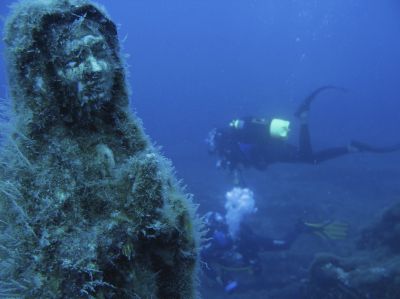The EU-funded SASMAP project is developing tools and technologies for locating and mapping underwater archaeological sites and their preservation potential. The consortium includes small and medium-sized enterprises experienced in developing marine geophysical instruments, biogeochemical measuring equipment and hand-held diving tools.
New tools and technologies developed by SASMAP are aimed at improving both the excavation and raising of fragile organic materials if they cannot be preserved in situ. The consortium is also developing new ways to stabilise sites and monitor their effectiveness, including the impact these stabilisation materials have on the environment. These new tools and methods will be tested in two shallow water sites in Denmark, the Netherlands, Italy and Greece.
Tools used by the SASMAP consortium will range from satellite scanning of potential sites to detailed multibeam and shallow seismic surveying of identified targets. Data from these non-destructive studies will be applied to a geographical information service to locate archaeological sites and areas threatened by natural erosion.
Biogeochemical parameters in coastal marine sediments will be monitored by developing marine data logging equipment. Measurements related to the degradation of organic archaeological materials in the marine environment will be used to assess the preservation potential of sediments.
Diver-held tools for sampling sediment cores from archaeological sites are also being developed. So too are tools for assessing the preservation status of waterlogged archaeological wood. In addition, project partners are also developing innovative techniques for raising complex and heavily degraded waterlogged organic artifacts.
Artificial sea grass mats have been developed to stabilise sites in situ, and trialled in Denmark, Italy and the Netherlands. Researchers are currently monitoring their efficiency and the effect of the marine environment on the plastics contained in the mats.
SASMAP will benefit the management of underwater cultural heritage in Europe and the rest of the world. This will be achieved by providing valuable tools for planning the preservation of underwater archaeological sites and their contents. This will enable counties to comply with the European Treaty of Valleta (1992) and UNESCO's Convention on the Protection of the Underwater Cultural Heritage (2001).
 EN
EN  CS
CS DE
DE ES
ES FR
FR HU
HU IT
IT PL
PL PT
PT РУ
РУ SK
SK TR
TR УК
УК AR
AR 中文
中文







